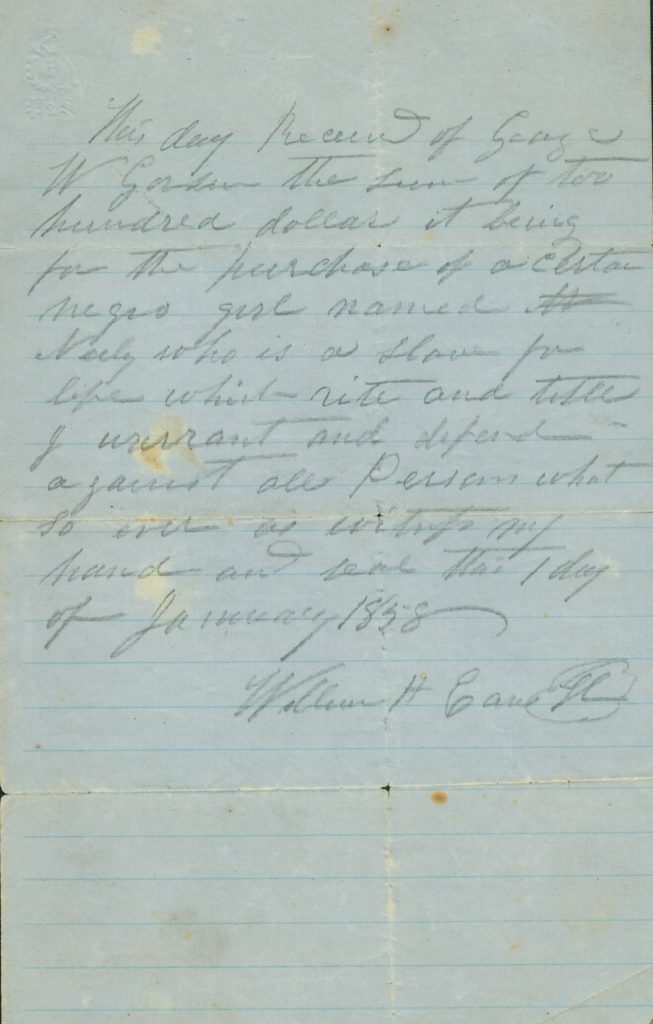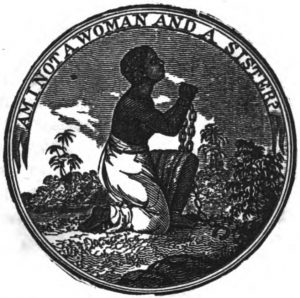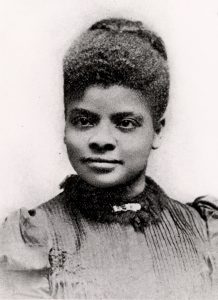From the colonial era to the present, African American women have resisted persistent efforts to control their sexuality and regulate their fertility. Yet the rich and complex story of their struggles for bodily self-determination has only begun to be told. This essay brings a portion of that story to the fore by focusing on the campaign for birth control as a point of entry into black women’s activism for sexual autonomy and reproductive health and, in turn, for social justice in the early twentieth century.

The full story is as long as the nation is old. African American women’s struggles for sexual and reproductive self-determination expose the deep and intertwined roots of racial oppression and sexual violence in the founding of the United States and the unfolding of the nation’s history. Over the course of the 1600s, European settlers in the southern colonies pieced together elaborate codes of gender relations that gradually consolidated their new societies around a system of racial slavery. Asserting control over women’s sexuality and reproduction was instrumental to establishing and maintaining this social order.1
To differentiate slaves from free persons, for example, colonists delineated distinct racial categories of white, mulatto, and Negro, and passed laws punishing interracial sex and banning interracial marriage. They devised tax codes that marked black female field workers as taxable property and set them apart from white women who were deemed fully human and free. Slave owners enacted birthright statutes that designated children as free or slave “according to the condition of the mother.” Cumulatively, these measures fixed slave status as hereditary and pegged perpetuation of the socioeconomic system to the reproductive capacity of black women. (Brown 1966)

Authors of the U.S. Constitution and other founding documents incorporated these power dynamics of race and sex into the infrastructure of the new nation in the late 1700s. The framers restricted citizenship to whites, legitimized the institution of slavery, and calculated the value of slaves as part person, part property. Subsequent laws and court rulings reinforced the policies that deprived African Americans of ownership of their own bodies and denied them input in setting the terms of their existence. In the 1850s, on the eve of the Civil War, when Celia, an enslaved black woman in Missouri, was convicted of murdering her owner, who raped her repeatedly, the state supreme court denied her the legal standing to claim self defense. From Celia’s perspective, the United States was conceived less in liberty than in violence. (Freedman 2015, chap. I; McLaurin 1991).
Sexual violence followed blacks into freedom. In the decades after emancipation, former slave owners replaced legal bondage with legal segregation, and the U.S. Supreme Court, in its landmark 1896 Plessy v. Ferguson ruling, upheld the principle of “separate but equal.” Segregationists extended this Jim Crow system into the twentieth century, invoking theories of white supremacy to justify racist institutions and practices. The culture of sexualized racial terror they created entailed systematic lynching, castration, and rape to thwart African Americans’ attempts to exercise their rights.
In every era, African American women have fought sexual and reproductive oppression in its many forms. Through individual actions and collective strategies, they have defied demeaning stereotypes, defended themselves against assault, opposed coerced sterilization, pursued safe and legal contraception and abortion, sought reproductive health care, and asserted sexual autonomy. This essay offers an overview of one chapter in this centuries-long and ongoing story of resilience and resistance. We pick up the narrative in the 1910s, as black women are becoming involved in the campaign to access and legalize contraception.

◊ ◊ ◊
« Previous: About This essay | Next: Creating Community Clinics »